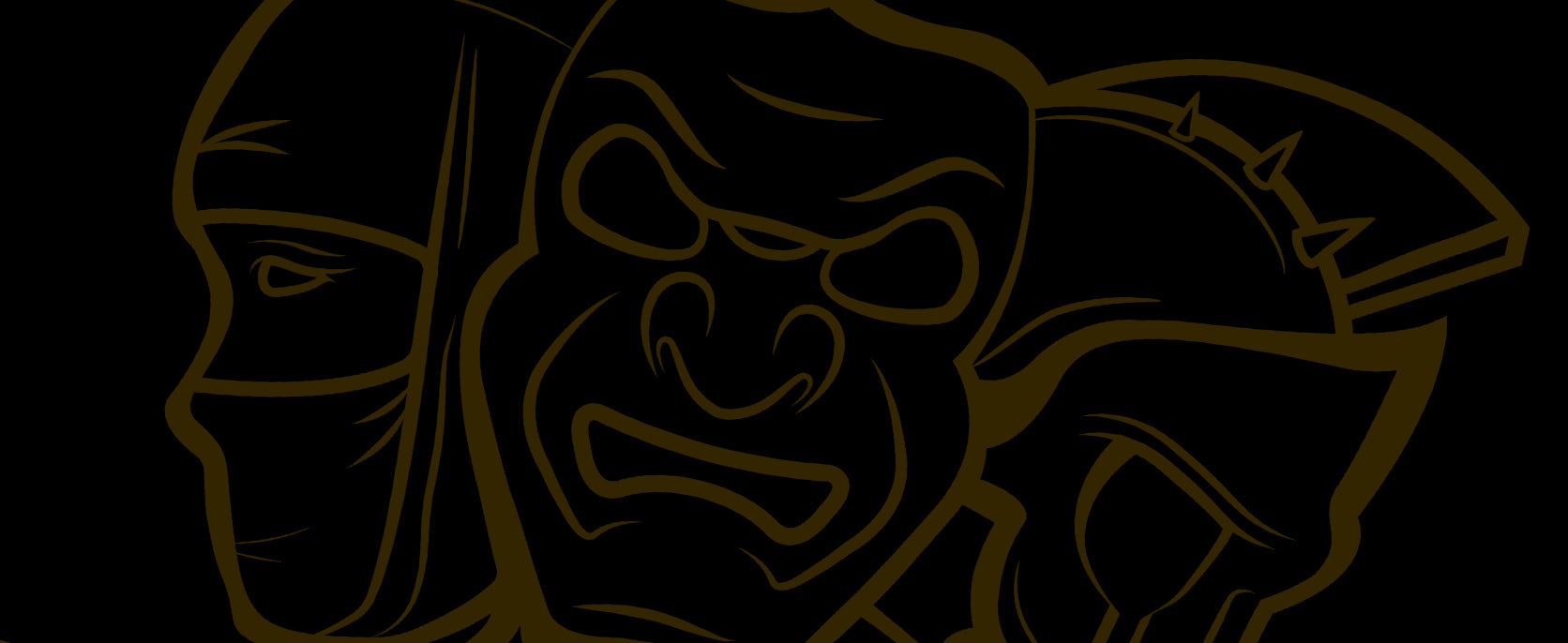
Mace and Clubs Buyers Guide
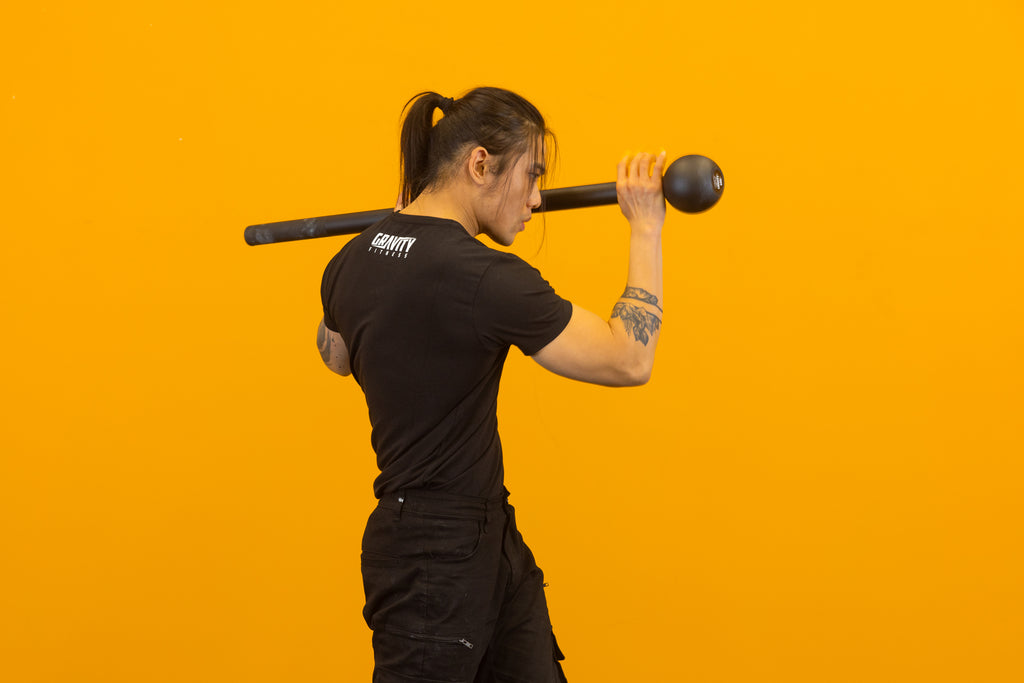
1. What Are Steel Maces and Indian Clubs — and Who Are They For?
Steel maces and Indian clubs are tools built for rotational strength, grip endurance, shoulder mobility, and total-body coordination. While they look old-school, they’re incredibly effective for modern strength training, especially when you care about how your body moves, not just how it looks.
Who are they for?
• Functional fitness athletes
• Martial artists and fighters
• Anyone rehabbing or bulletproofing their shoulders
• Lifters and calisthenics athletes looking to improve control, balance, and strength in unusual planes
They’re not just “add-ons.” They train muscles and movement patterns most routines ignore — and the results carry over everywhere.
2. Are Steel Maces and Indian Clubs Effective? (Why Train with Them)
Yes — these tools train in ways that barbells, dumbbells, and machines can’t. They challenge rotation, grip, stability, and fluid movement, helping you build real-world strength and injury resistance.
Benefits include:
• Improved shoulder and joint mobility
• Increased rotational core strength
• Greater grip and wrist endurance
• Full-body coordination and flow
• Mental focus and motor control
They’re as much about how you move as how much you can lift.
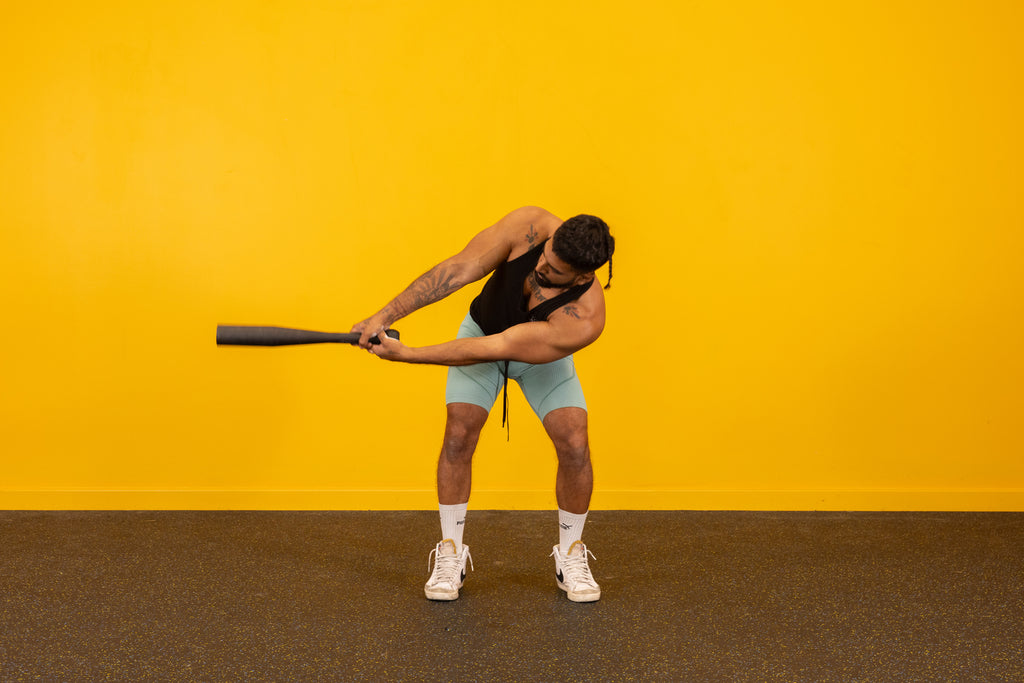
3. Types of Mace & Club Training Tools (And Which Is Right for You)
Steel Mace
• Long-handled with an offset weight
• Great for: 360s, 10-to-2s, offset squats, presses, lunges, and power training
• Ideal for building rotational strength and grip under load
Indian Clubs
• Shorter, lighter, and designed for fluid, circular motions
• Great for: Shoulder rehab, coordination, wrist conditioning, mobility circuits
• Ideal for flow work and joint health, especially when paired with strength training
What’s the difference?
• Maces = heavier, more strength-focused
• Clubs = lighter, more movement-focused
They’re best used together — mace for loading, clubs for recovery and control.
4. Which Type of Mace or Club Is Best for You?
Your goals determine the tool:
• New to rotational training? Start with lighter clubs (1–2kg) to master movement
• Building grip and upper body strength? A 4–6kg mace is a good starting point
• Advanced users can go up to 8–10kg maces for strength training or steel clubs for power work
Avoid going too heavy too soon. Technique matters more than ego. You want to move well — not just struggle to swing something big.
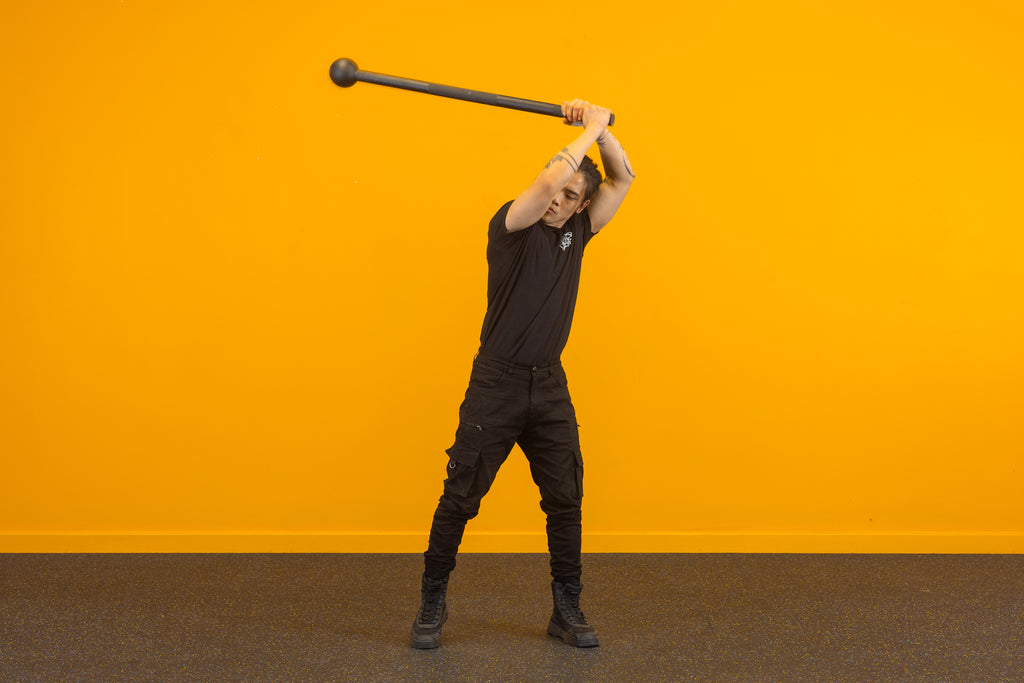
5. What Are the Downsides of Mace & Club Training? (And Who Should Avoid Them)
While powerful, these tools require patience and control:
• Poor form = high injury risk, especially at speed or with heavy weight
• Not ideal for absolute beginners who haven’t built basic shoulder stability
• Clubs and maces are technique-driven — trying to muscle through them doesn’t work
If you’ve got current shoulder, elbow, or wrist injuries, start with mobility drills or rehab work before loading up.
6. How Often Should You Use Steel Maces and Indian Clubs?
• Beginners: 1–2x per week to learn the movement patterns
• Intermediate/Advanced: 2–4x per week depending on your split
• Clubs can even be used daily for warm-ups, active recovery, or mobility sessions
Think of mace as a workout tool, and clubs as both training and recovery. Used right, they complement strength, calisthenics, and even cardio work.
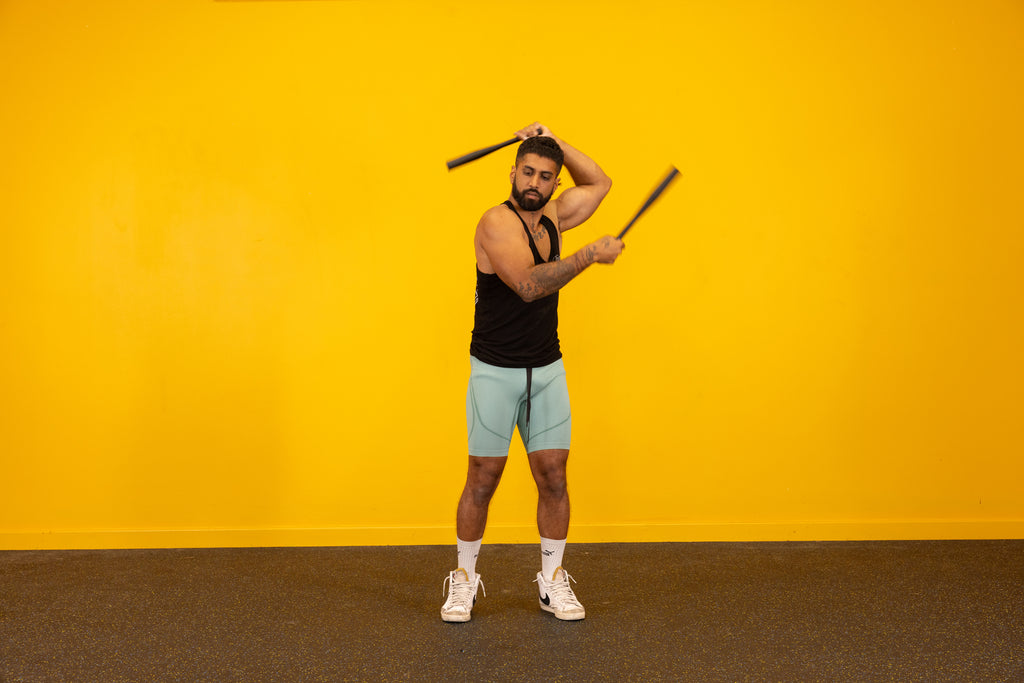
7. What Exercises Work Best with Maces and Clubs?
With Steel Mace:
• 360 swings
• 10-to-2 swings
• Offset squats and lunges
• Mace push-ups and presses
• Rotational slams and cleans
With Indian Clubs:
• Shoulder circles
• Wrist rolls
• Reverse swings
• Flow combinations for coordination
• Warm-up mobility drills
Start light, focus on rhythm and control, then add load or complexity.
8. What Equipment Works Well with Maces and Clubs?
Round out your setup with:
• Parallettes: For strength and balance to complement club/mace mobility
• Weighted Vest: Add load to mace squats, lunges, and presses
• Pull-Up Bars: Use mace or clubs as warm-up tools before vertical pulling
• Resistance Bands: Great for prepping joints before rotational work
• Gymnastics Rings: Combine flow-based training with strength under instability











